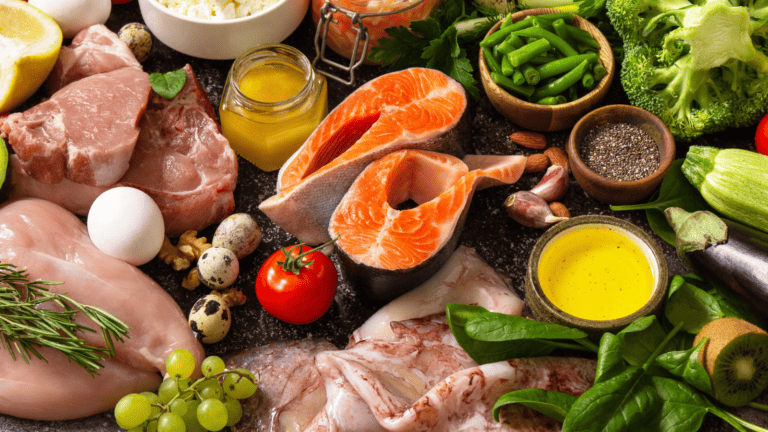21 Foods That Cause Vertigo to Avoid for Dizziness
Have you ever experienced vertigo attacks, motion sickness, or the discomfort of vestibular migraine symptoms? If you experience pain, you know just how disruptive it can be to the daily life of people with disorders. Often, it’s foods that cause Vertigo.
While various dietary triggers can contribute to vestibular migraine, did you know that certain foods, such as ginger, might trigger these symptoms? It’s true!
The connection between your diet and vestibular migraine symptoms is often overlooked but can play a significant role in managing this condition effectively.
Dietary triggers, such as ginger, can help alleviate migraine attacks.
In today’s blog post, we will explore the impact of ginger, herbs, and grains on vestibular migraines and how making simple dietary changes can help you take control of your symptoms.
By understanding which foods, such as grains, act as triggers for vestibular migraine symptoms, you can avoid them and minimize the occurrence of dizziness and imbalance. Managing hypoglycemia through an elimination diet can also help reduce these symptoms.
So, if you’re looking for ways to manage your vestibular migraine symptoms and vertigo more effectively, let’s dive into the world of food triggers, including fruit and spices, and take charge of our well-being. Have you considered trying an elimination diet?
21 Foods That Cause Vertigo to Avoid for Dizziness
1. ❌ Salt: High sodium intake can lead to fluid retention and worsening symptoms for those with Meniere’s disease.

2. ❌ Alcohol: Red wine can disrupt the inner ear’s fluid balance.

3. ❌ Caffeine: Found in coffee, tea, and certain sodas, can stimulate the inner ear and exacerbate symptoms.

4. ❌ Monosodium Glutamate (MSG): Used in many processed foods and certain restaurant dishes, it can trigger dizziness in some people.
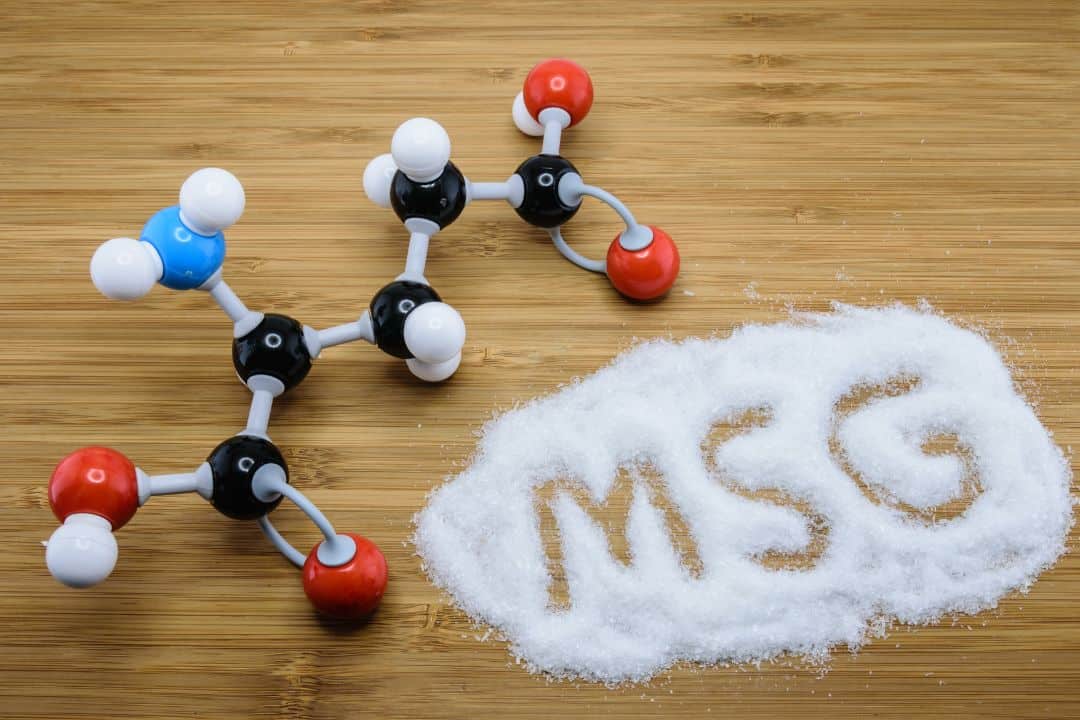
5. ❌ Cheese: Aged cheeses can be a trigger for those with migraine-associated vertigo.

6. ❌ Processed Meats often contain preservatives and other additives that might provoke dizziness.

7. ❌ Chocolate: Contains caffeine and can be a migraine trigger.

8. ❌ Fermented Foods: Pickles or kimchi can be problematic for some vertigo sufferers.
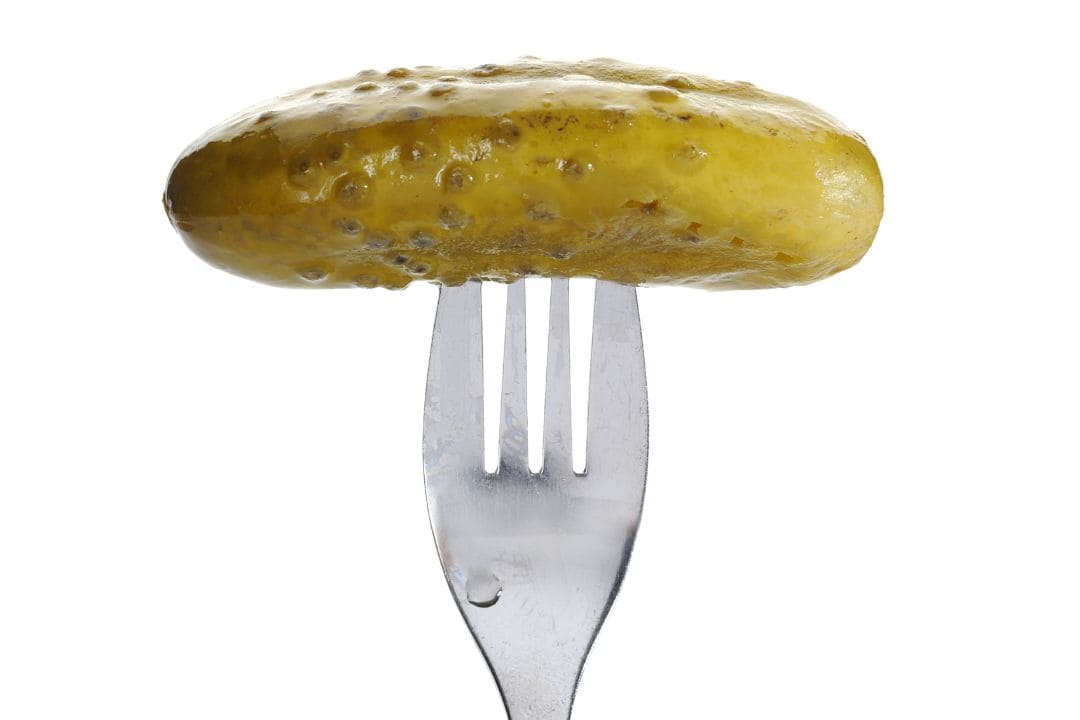
9. ❌ Aspartame: An artificial sweetener in many diet products, has been linked to dizziness in some people.

10. ❌ Foods High in Sugar: This can lead to reactive hypoglycemia, causing a sudden drop in blood sugar and resultant dizziness.

11. ❌ Soy Products: Some individuals report vertigo symptoms after consuming soy or soy-based products.
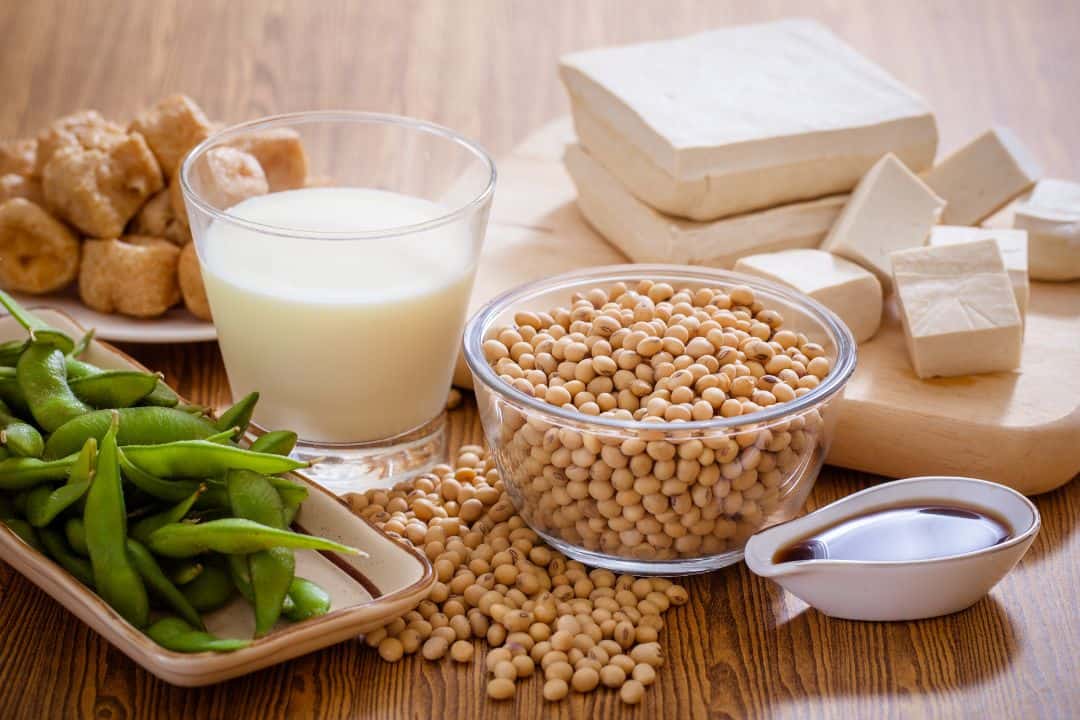
12. ❌ Fried Foods: Can contribute to high blood pressure, which can cause vertigo.

13. ❌ Saturated Fats: Found in certain cuts of meat and dairy products, can influence blood circulation and possibly trigger dizziness.

14. ❌ Nuts: Walnuts and peanuts might be triggers for those with migraines leading to vertigo.
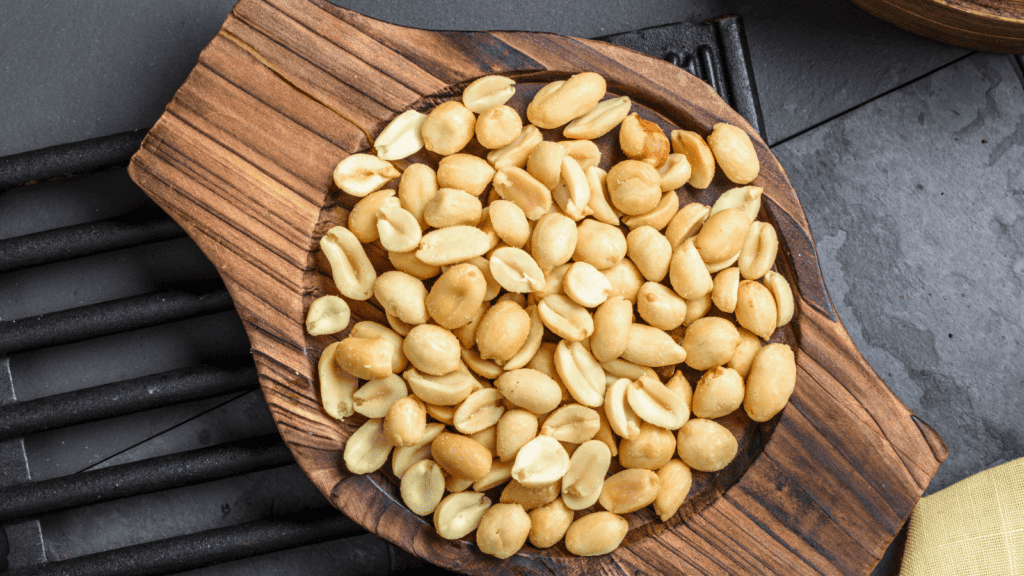
15. ❌ Yogurt: It might be a potential trigger, especially if it’s aged or contains live cultures.

16. ❌ Vinegar: Foods containing vinegar, like certain salad dressings, can sometimes be problematic.

17. ❌ Cold Drinks and Ice Cream: A sudden cold intake can sometimes cause a rapid head rush or dizziness.

18. ❌ Dried Fruits: Can sometimes be a trigger due to their sugar content and preservatives.

19. ❌ Red Meats: Especially those not lean, can impact blood circulation and contribute to vertigo.

20. ❌ Breads and Pastries: Especially those made with refined flour can lead to blood sugar spikes and drops.

21. ❌ Certain Vegetables: Like eggplants, tomatoes, and spinach, might cause vertigo symptoms in those sensitive to them, especially if they have migraines.

Impact of Diet on Vestibular Migraine Attacks
Diet is crucial in managing vestibular migraine attacks, especially when identifying and avoiding trigger foods from specific food groups. By paying attention to the nutrients we consume and being mindful of our sugar intake, we can effectively reduce the frequency and severity of these attacks.
By understanding the relationship between diet and vestibular migraine symptoms, including trigger foods, you can make informed choices to reduce their frequency and severity.
Elimination of sugar from your diet may also help alleviate these symptoms. Here are some key points to consider:
Explore the relationship between diet and vestibular migraine episodes.
- Vertigo attacks and other symptoms such as dizziness, nausea, and headache characterize vestibular migraines.
- When included in an elimination diet, certain foods have been identified as triggers for vestibular migraines, leading to increased vulnerability to these episodes.
- Understanding how your diet affects your condition of vestibular migraine can empower you to take control of your health by eliminating migraine symptoms.
Identify common food triggers that can lead to debilitating migraines.
- Some common dietary triggers for vestibular migraines include caffeine, alcohol, aged cheeses, processed meats, artificial sweeteners, and foods high in sodium or MSG. These triggers can worsen migraine symptoms.
- Identifying trigger foods through an elimination diet can help you avoid them in the future and manage your migraine symptoms, including vestibular migraines.
Take steps to modify your diet for better management of vestibular migraines.
- Start by keeping a food diary to track what you eat and any subsequent migraine symptoms during an elimination diet.
- Consult with a healthcare professional or registered dietitian specializing in migraines for personalized guidance on modifying your diet to include elimination.
- Gradually eliminate trigger foods from your meals to help manage vestibular migraine symptoms while maintaining a balanced and nutritious diet.
Gain insights into how dietary changes can reduce the frequency and severity of attacks.
- Studies have shown that making specific dietary changes can significantly decrease the occurrence of vestibular migraine attacks.
- These changes may include reducing the intake of trigger foods or adopting diets like the Mediterranean or low tyramine diets, which have shown promising results in managing migraines.
By understanding the impact of diet on vestibular migraine attacks, you can make informed choices that may help alleviate symptoms.
Remember to consult with a healthcare professional for personalized advice tailored to your specific needs, especially if you are experiencing migraine symptoms or suspect you may have vestibular migraine.
Additionally, they can guide whether an elimination diet could be beneficial for managing your symptoms.
Avoiding Tyramine-Rich Foods in Your Vertigo Diet
Tyramine, a compound notorious for triggering vertigo symptoms in vestibular migraine patients, can be found in various foods. It is recommended that those suffering from vestibular migraines consider following an elimination diet to identify and avoid tyramine-rich foods.
To manage your vestibular migraine and vertigo effectively, it’s crucial to understand which popular foods are high in tyramine and implement strategies to avoid or limit their consumption.
- Learn about tyramine and its connection to migraines: Tyramine, a naturally occurring compound, forms when proteins break down. Migraine can cause blood vessels to constrict and dilate, potentially leading to dizziness and other vertigo symptoms.
- Identify tyramine-rich foods for migraine relief: Several commonly consumed foods are known for their high tyramine content, which can trigger migraines. These include:
- Aged cheeses (such as blue cheese, cheddar, and Swiss)
- Fermented or pickled foods (like sauerkraut and kimchi)
- Processed meats (such as salami, pepperoni, and hot dogs)
- Smoked or cured fish (like smoked salmon or herring)
- Certain fruits (such as bananas, avocados, and citrus fruits)
- Make smart choices: By being mindful of your tyramine intake, you can relieve migraine and vertigo symptoms. Consider the following strategies:
- Opt for fresh alternatives: Choose fresh fruits instead of canned ones to help alleviate migraine symptoms.
- Substitute aged cheeses for fresher varieties like mozzarella or cottage cheese to help with migraine relief.
- Explore complex carbs: Incorporate whole grains into your diet as they provide energy without increasing tyramine levels, which can trigger migraines.
- Plan your meals wisely: When preparing meals to manage vertigo symptoms, it is also essential to consider their impact on migraines.
- Check food labels for ingredients that might contain hidden sources of migraine-triggering tyramine.
- Cook meals from scratch using fresh ingredients whenever possible.
- Avoid leftovers that have been stored for extended periods.
By making informed choices about your diet, you can minimize the impact of tyramine-rich foods on your vertigo and migraine symptoms.
Remember, it’s always beneficial to consult with a healthcare professional or registered dietitian for personalized advice tailored to your specific needs, especially if you are experiencing migraines.
Steer Clear of Caffeine Foods for Vertigo Relief
Understanding the impact of caffeine on vertigo symptoms, especially in individuals with migraine, is crucial. By identifying familiar sources of high caffeine in food and beverages, you can make conscious decisions to reduce or eliminate caffeine intake for migraine symptom relief.
Reducing the consumption of caffeinated products can result in better balance and decreased dizziness for individuals suffering from migraines.
- Caffeine: A stimulant found in various foods and drinks.
- Coffee and Tea: Common sources of high caffeine content.
- Beverages like energy drinks, sodas, and certain teas may contain significant amounts of caffeine, which can trigger migraines.
- Hypoglycemia: Caffeine consumption can worsen low blood sugar levels, potentially triggering migraine and vertigo symptoms.
- Alcohol and Drugs: Substances like alcohol or certain medications combined with caffeine may exacerbate dizziness, especially for individuals with migraines.
- Hypotension: Caffeine’s vasoconstrictive effects can interfere with blood pressure regulation, potentially affecting balance.
- Sugar and Carbs: High-sugar foods or refined carbohydrates paired with caffeine may contribute to vertigo episodes.
- Crystals and Blood Vessels: Excessive caffeine intake could affect the inner ear crystals’ stability or blood vessel dilation, leading to dizziness.
Reducing your consumption of caffeinated products can help alleviate vertigo symptoms. By making this adjustment, you increase your chances of experiencing improved balance and reduced dizziness.
Repositioning Exercises at Home for Vertigo Management
Discover simple exercises you can do at home to alleviate vertigo symptoms. Healthcare professionals recommend effective repositioning techniques that you can easily practice independently.
Regularly performing these exercises will help improve your balance and reduce episodes of dizziness.
- Practice the Epley maneuver: This exercise involves a series of head movements that aim to move particles causing vertigo out of the inner ear canal. Start sitting upright on your bed, then turn your head 45 degrees to the affected side.
- Lie down quickly with a pillow supporting your shoulders, and keep your head turned to one side for about 30 seconds. Slowly turn your head in the opposite direction without lifting it from the bed and hold for another 30 seconds. Finally, sit up slowly while keeping your head still.
- Try the Semont maneuver: Similar to the Epley maneuver, this exercise helps reposition particles in the inner ear. Begin by sitting on the edge of a bed or table with your legs hanging off one side.
- Turn your head 45 degrees from the affected side, then lie down quickly on the opposite side while maintaining that head position. Stay in this position for about 2 minutes before sitting up slowly.
- Perform Brandt-Daroff exercises that involve repeated movements that help habituate your body to positional changes and reduce dizziness over time.
- Start by sitting upright on a bed or chair, then quickly lie on one side with your nose pointing upwards. Stay in this position for about 30 seconds or until any dizziness subsides. Sit back up straight and wait for about 30 seconds before repeating on the other side.
Take charge of managing your vertigo by incorporating these easy-to-follow repositioning exercises into your daily routine at home. Remember to consult a healthcare professional or join a support group if you have any concerns or questions regarding your vertigo symptoms.
Stay consistent with these exercises and check for any changes or improvements in your condition. With regular practice, you can regain better balance and minimize the impact of dizziness on your daily life.
The Role of Diet in Vestibular Problems and Anxiety Relief
- Venture into the connection between diet, vestibular issues, and anxiety.
- Understand how certain foods can worsen both vertigo symptoms and anxiety.
- Discover dietary changes that can alleviate both conditions simultaneously.
- Improve your overall well-being by adopting a diet that supports vestibular health and reduces anxiety.
The inner ear plays a crucial role in maintaining balance, sending signals to the brain about our body’s position in space. When problems occur within the inner ear, such as disorders affecting its function, can lead to discomfort and dizziness.
These vestibular issues often intertwine with feelings of anxiety, further exacerbating the problem.
Certain foods have been identified as potential triggers for vertigo symptoms and anxiety. Understanding which foods to avoid or limit in your diet can help manage these conditions more effectively. Here are some key points to consider:
- Fatty acids: While omega-3 fatty acids generally benefit overall health, consuming them excessively may increase blood flow to the inner ear, potentially worsening vertigo symptoms.
- Caffeine: Found in coffee, tea, chocolate, and energy drinks, caffeine stimulates the nervous system and can contribute to increased heart rate and feelings of anxiety. Limiting or avoiding caffeinated beverages may help reduce these symptoms.
- Alcohol: Excessive alcohol consumption can disrupt the delicate balance mechanisms within the inner ear and affect coordination. It is advisable to moderate alcohol intake or avoid it altogether if you experience frequent bouts of dizziness.
- Sodium: High sodium levels in your diet can increase fluid retention and blood pressure. This fluid buildup may affect the inner ear’s functioning and contribute to vertigo episodes. Opting for low-sodium alternatives can be beneficial.
Incorporating certain dietary changes is essential to alleviate vestibular problems and anxiety simultaneously. Consider the following recommendations:
- Hydration: Staying well-hydrated helps maintain proper blood flow and supports overall vestibular health. Aim to drink an adequate amount of water throughout the day.
- Balanced meals: Opt for a diet rich in fruits, vegetables, whole grains, and lean proteins. These foods provide essential nutrients that support the inner ear’s function and promote overall well-being.
Sodium and Vertigo: Foods to Include and Avoid in Your Diet
Vertigo can be a challenging condition to manage, but understanding the impact of sodium on your symptoms can help you make informed choices about what you eat. Certain foods and food groups high in sodium content have been known to trigger or worsen vertigo.
By identifying these culprits and exploring low-sodium alternatives, you can take control of your vertigo-friendly diet and achieve better symptom management.
Impact of Sodium on Vertigo Symptoms
Sodium, commonly found in salt, plays a significant role in our diets. However, excessive sodium intake can lead to fluid retention, affecting the delicate balance within our inner ear responsible for maintaining equilibrium. This disruption can trigger or exacerbate vertigo symptoms.
Foods High in Sodium Content May Trigger or Worsen Vertigo
Avoiding or limiting the consumption of high-sodium foods is essential to minimize vertigo episodes. Here are some examples:
- Processed meats (e.g., bacon, sausages)
- Canned soups and broths
- Fast food meals
- Salty snacks (e.g., potato chips)
- Condiments like soy sauce and ketchup
Low-Sodium Alternatives for a Vertigo-Friendly Diet
Fortunately, plenty of delicious low-sodium options won’t compromise flavor. Consider incorporating these alternatives into your diet:
- Fresh fruits and vegetables
- Lean proteins such as chicken breast or fish
- Whole grains like quinoa or brown rice
- Dairy products with reduced sodium content
- Herbs and spices for added flavor instead of salt
Achieving Better Symptom Management by Making Informed Choices
Taking charge of your vertigo symptoms involves making educated decisions about sodium intake. You can proactively manage vertigo episodes by being mindful of certain foods’ impact on your condition.
Remember that sodium is just one aspect of a comprehensive vertigo management plan. Consult your healthcare provider for personalized guidance and consider incorporating other dietary changes, such as increasing calcium intake, to support your overall well-being.
With the right knowledge and choices, you can navigate towards a vertigo-friendly diet that helps alleviate symptoms and improves your quality of life.
Creating a Vertigo-Friendly Diet for Symptom Relief
We highlighted the importance of removing tyramine-rich and high-caffeine foods, which can trigger dizziness and worsen vertigo episodes. We learned about repositioning exercises that can be done at home to help manage vertigo.
Now that you understand how your diet can affect your vertigo symptoms, it’s time to take action. Start by eliminating tyramine-rich foods such as aged cheeses, cured meats, and fermented products from your diet.
Cut down on high-caffeine foods like coffee, tea, and chocolate. Incorporate more vertigo-friendly options into your meals, including low-sodium foods and those rich in vitamins B6 and B12.
Remember, managing your diet is just one aspect of addressing vertigo symptoms. It’s always recommended to consult with a healthcare professional or a registered dietitian specializing in vestibular disorders for personalized advice tailored to your specific needs.
Understanding the foods that cause vertigo
Understanding the foods that cause vertigo can be crucial for individuals who frequently experience symptoms of vertigo. Vertigo is not just a feeling of dizziness; it’s a complex symptom often caused by inner ear or circulatory system issues. In many cases, dietary habits play an essential role in vertigo.
The most common cause of vertigo is benign paroxysmal positional vertigo, but Meniere’s disease, an inner ear disorder characterized by endolymphatic hydrops or fluid imbalance, is also a leading factor.
The Vestibular Disorders Association emphasizes the connection between food and certain vestibular disorders, suggesting that maintaining a healthy balance of fluids in the body can help manage the symptoms.
One prime example is salty foods like white bread and table salt. High salt concentrations can lead to water retention and disrupt fluid balance, exacerbating symptoms in vertigo patients, especially those with Meniere’s disease.
Monosodium glutamate (MSG), commonly found in salad dressings and other processed foods, has amino acid properties that can trigger symptoms in some people.
Alcoholic beverages, particularly red wine, are also notorious for intensifying symptoms of dizziness. Excessive alcohol can disrupt the fluid balance in the inner ear, trigger a vestibular migraine episode, and contribute to high and low blood pressure.
For some, a sudden drop in blood pressure after eating, known as postprandial hypotension, can cause vertigo. Consuming foods with high sugar, like ice cream and white rice, can lead to reactive hypoglycemia.
When the body produces too much insulin, it might result in a sudden drop in blood sugar, causing dizziness.
Moreover, migraine triggers, which might be unique for each individual, often play a role in vertigo. Some people experience dizziness due to specific food allergies or foods that cause changes in blood supply or electrolyte imbalance.
For instance, high concentrations of certain vitamins, such as C and B, might cause adverse effects in some individuals.
Besides dietary factors, other causes of vertigo include central vertigo due to brain tumors, orthostatic hypotension, which involves a sudden change in position causing a drop in blood pressure, and issues within the digestive system affecting parts of the body.
It’s always a good idea for those experiencing episodes of vertigo or dizzy spells to keep track of their diet. Noting down trigger foods can help in preventing future attacks.
A health-conscious approach emphasizing good food like leafy greens can also potentially reduce the risk of vertigo attacks. It’s worth noting that lifestyle changes, especially in diet, can profoundly affect addressing underlying conditions and health issues related to vertigo.
In conclusion, it is crucial to understand the cause of your vertigo, whether it’s a medical condition like Meniere’s disease or an adverse effect from certain foods.
Avoiding such food and adopting lifestyle changes that maintain a healthy circulatory and digestive systems balance can help alleviate the symptoms and relieve vertigo patients.
FAQs
Can certain foods make my vertigo worse?
Certain foods can indeed trigger or worsen vertigo symptoms in some individuals. Foods high in tyramine (such as aged cheeses and cured meats) and those containing high levels of caffeine (like coffee or chocolate) are known culprits.
It’s best to avoid these triggering foods if you experience frequent bouts of dizziness or vertigo.
Are there any exercises I can do at home to manage my vertigo?
Yes! Repositioning exercises like the Epley maneuver or Brandt-Daroff exercises can be done at home under the guidance of a healthcare professional or physical therapist. These exercises aim to reposition the crystals in your inner ear that may be causing the vertigo symptoms.
Can a low-sodium diet help with vertigo?
Reducing your sodium intake can be beneficial for managing vertigo symptoms, as high sodium levels can contribute to fluid retention and worsen inner ear issues. Incorporating low-sodium foods, such as fresh fruits and vegetables, lean proteins, and whole grains, may help alleviate symptoms.
Are there any vitamins or supplements that can help with vertigo?
While there is limited scientific evidence regarding the effectiveness of specific vitamins or supplements in treating vertigo, some individuals find relief from taking vitamin B6 or B12 supplements.
However, consulting a healthcare professional before starting new supplements is essential.
How long does vertigo typically last?
The duration of vertigo episodes can vary depending on the underlying cause. Some people may experience brief episodes lasting a few seconds or minutes, while others may have prolonged bouts of vertigo that persist for hours or even days.
Speaking with a healthcare professional to determine the cause and appropriate treatment plan for your specific case is essential.

Born and raised in a family of foodies, Georgia’s passion for cuisine was nurtured from a young age as she learned the intricacies of flavor and texture from her grandmother’s kitchen. As an adult, this early fascination blossomed into a full-fledged love affair with the culinary world.








